Table of Contents
ToggleIs the United States at war with Palestine? (2025)
As you are undoubtedly aware, a conflict is currently ongoing in the Middle East.
After Hamas’s surprise attack on Saturday, 7 October 2023, about 1,200 people were killed in Israel and 251 were taken hostage, according to Israeli figures.
Find out more about the current Hamas and Israel Conflict
But where does America stand in the Israel/Hamas Conflict?
Is America At War?
No. The United States has not declared war on Hamas or on Palestine. It supports Israel, and it is involved diplomatically in ceasefire talks.
America has seen its fair share of wars over the centuries. The most famous include the War of Independence, World War I, and World War II, but many still remember the fighting and aftermath of the Korean War and Vietnam War.
Current U.S. military operations with forces deployed
The U.S. has ongoing military missions in Iraq, Syria, Somalia, and Yemen. These are not declared wars, but they involve strikes, advising partners, and maritime operations.
1. Yemen
Yemen has been embroiled in a civil war since 2015.
Houthi rebels, with support from Iran, ousted the Yemeni government and took control of the capital city, Sana’a.
In response, Saudi Arabia, backed by the United States, launched a military intervention to restore the Yemeni government.
The consequences of this conflict have been catastrophic for Yemeni civilians, with many experiencing famine, disease, and displacement.
The U.S. ended aerial refueling support years ago, and since January 2024 has led, with the UK, direct strikes against Houthi targets in Yemen in response to Red Sea attacks on shipping.
Critics argue that US involvement has prolonged the conflict and contributed to the humanitarian crisis in Yemen.
The US has also faced criticism for not doing enough to hold Saudi Arabia accountable for alleged war crimes and human rights abuses in Yemen.
The US has taken steps to reduce its involvement in the conflict.
In February 2021, President Biden announced that the US would no longer support offensive operations in Yemen and called for a diplomatic solution to the conflict.
Despite this, the situation in Yemen remains complex and unresolved, leaving the country’s future and the lives of its people uncertain.
The war is controversial because of the support for the Saudi-led coalition in charge and the effect on the Yemeni people.
U.S. actions now center on maritime security and precision strikes against Houthi launch sites and drones threatening shipping, separate from the Saudi-led campaign.
2. Somalia
Another ongoing conflict is the intervention in Somalia’s civil war.
The United States conducts periodic airstrikes and supports Somali forces primarily against al-Shabaab, an al-Qaeda affiliate, and occasionally against ISIS-Somalia.
This conflict led to the redeployment of troops to Somalia in 2022, after they had been withdrawn initially in January 2021.
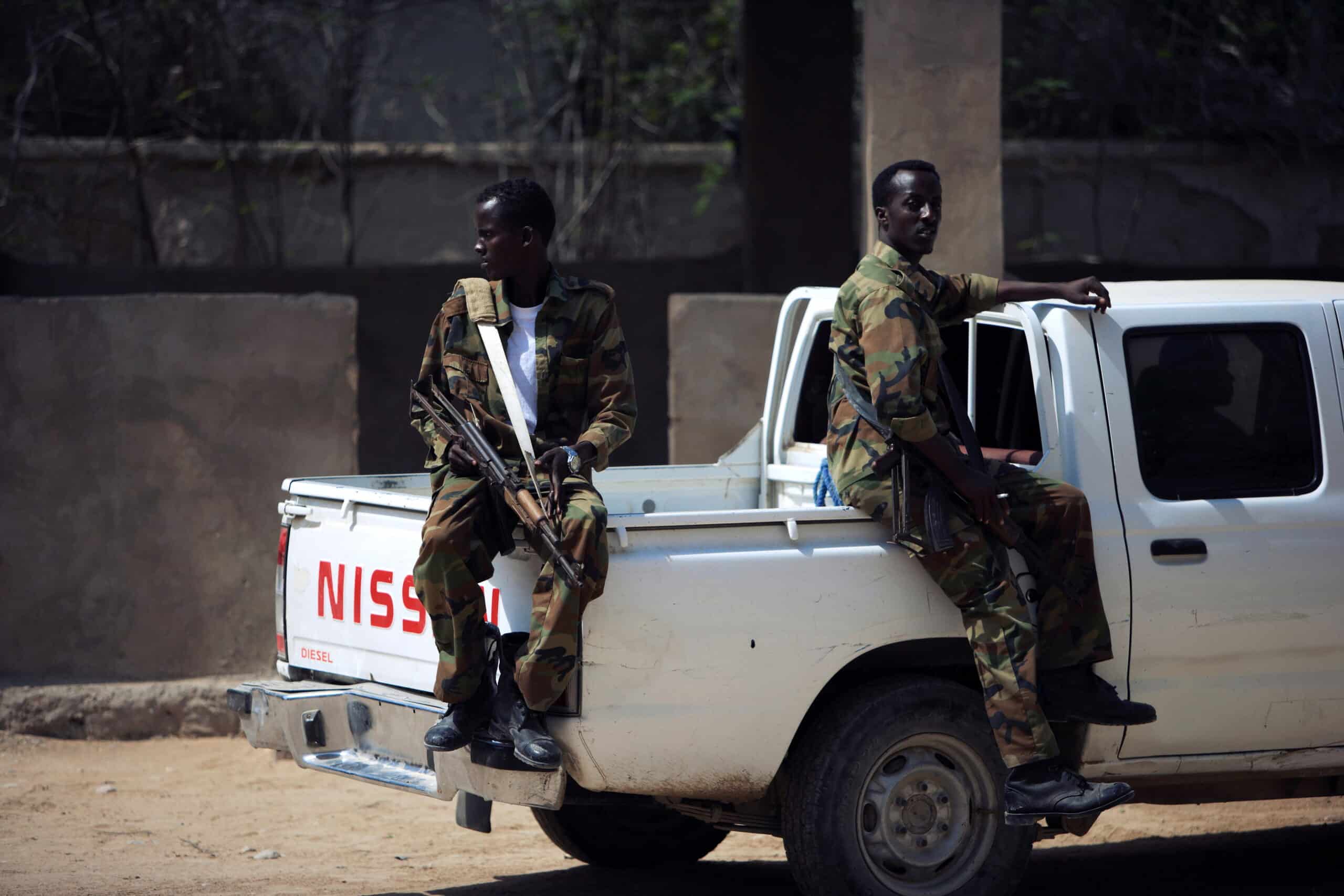
Historical Background
One of the most significant conflicts is the civil war that started in 1991, which led to the collapse of the central government and the emergence of various armed groups.
Rise of Extremist Groups
Since then, the country has been plagued by violence, including the rise of extremist groups such as Al-Shabaab, which has been active since 2006.
The group has been responsible for numerous attacks on civilians and security forces in Somalia and neighboring countries.
Inter-Governmental Tensions
In recent years, there has also been tension between the federal government of Somalia and the regional governments, particularly in the autonomous regions of Puntland and Somaliland.
The federal government has accused the regional governments of undermining their authority, while the regional governments have accused the federal government of neglecting their needs.
Humanitarian Impact
The conflict in Somalia has resulted in widespread displacement of people, with over 2 million Somalis currently displaced within the country and millions more in neighboring countries.
The conflict has also led to a humanitarian crisis, with millions of Somalis in need of assistance, including food, water, and medical care.
International Involvement
International organizations and governments have been working to address the conflict in Somalia, including providing humanitarian assistance and supporting efforts to establish a stable and peaceful government.
Current Situation
However, the conflict remains ongoing, and the situation in Somalia remains fragile and unpredictable.
3. Syria
The United States began operations in Syria in 2014 against ISIS and still has about 900 U.S. troops there as of October 2025, focused on preventing an ISIS resurgence.
Again, this conflict is designed to attack and hold back Al-Qaeda forces and the Islamic State.

Historical Context
The conflict began in 2011 when protests against President Bashar al-Assad’s government escalated into a civil war.
The US initially provided non-lethal aid to the opposition but later began providing weapons and training to rebel groups.
Formation of the Coalition
In 2014, the US formed a coalition with other countries to launch airstrikes against the Islamic State of Iraq and Syria (ISIS) in Syria.
Support for Kurdish-led Forces
The US has been supporting Kurdish-led forces in the fight against ISIS, providing air support and training.
Complexity of the Conflict
However, the conflict in Syria is complex, with multiple groups involved, including the Syrian government, opposition groups, extremist groups, and international powers.
Tensions with Russia
The US has also been involved in clashes with pro-Syrian government forces, which have led to tensions between the US and Russia, which support the Syrian government.
Response to Chemical Weapons Attack
In April 2018, the US, along with France and the UK, launched airstrikes against Syrian government targets in response to a chemical weapons attack.
Recent Developments
The conflict continued, with ongoing fighting and the displacement of civilians. In October 2019, the US withdrew most of its troops from northern Syria, allowing Turkey to launch a military operation against Kurdish-led forces in the area.
Current Status
As of October 2025, the conflict remains unresolved. The U.S. maintains about 900 troops in Syria, focused on advising and enabling local partners against ISIS.
The US still has 900 troops in Syria, primarily focused on fighting ISIS. The Biden administration has expressed a commitment to finding a political solution to the conflict and providing humanitarian aid to those affected by the violence.
4. Iraq
The U.S. shifted to a non-combat advise-and-assist mission against ISIS in 2021. In 2025, Washington and Baghdad began drawing down the mission by about 20 percent under a transition plan agreed the previous year.
Who is America currently at war with?
At the time of writing, the United States was not involved in any major invasions or direct wars with other nations.
However, there are campaigns involving American intervention in other wars. There are also the ongoing actions of America’s “war” on terrorism, whether against Islamic extremists or domestic terrorists.
| Country | Dates / Status | Notes |
|---|---|---|
| Afghanistan | 2001 – 2021 (ended) | Now over-the-horizon counterterrorism under Operation Enduring Sentinel |
| Iraq | 2003 – 2011; 2014 – present | Advise/assist mission against ISIS; gradually drawing down |
| Syria | 2014 – present | ~900 U.S. troops remain, focused on preventing ISIS resurgence |
| Somalia | 2001 – present | U.S. conducts airstrikes, advisory support primarily against al-Shabaab |
| Yemen | 2002 – present | U.S.–UK strike campaign (2024–2025) to protect shipping, maritime security operations |
It’s worth noting that the United States is also involved in various other military operations and conflicts around the world that are not officially considered wars.
America and the War on Terror
When examining American wars more broadly, we must consider the War on Terror and the potential for ongoing conflict.
This term was popular in the years of President Bush, following the 9/11 attacks and subsequent invasions of Iraq and Afghanistan.
The U.S. war in Afghanistan ended with the August 2021 withdrawal. The U.S. now conducts limited, over-the-horizon counterterrorism under Operation Enduring Sentinel.
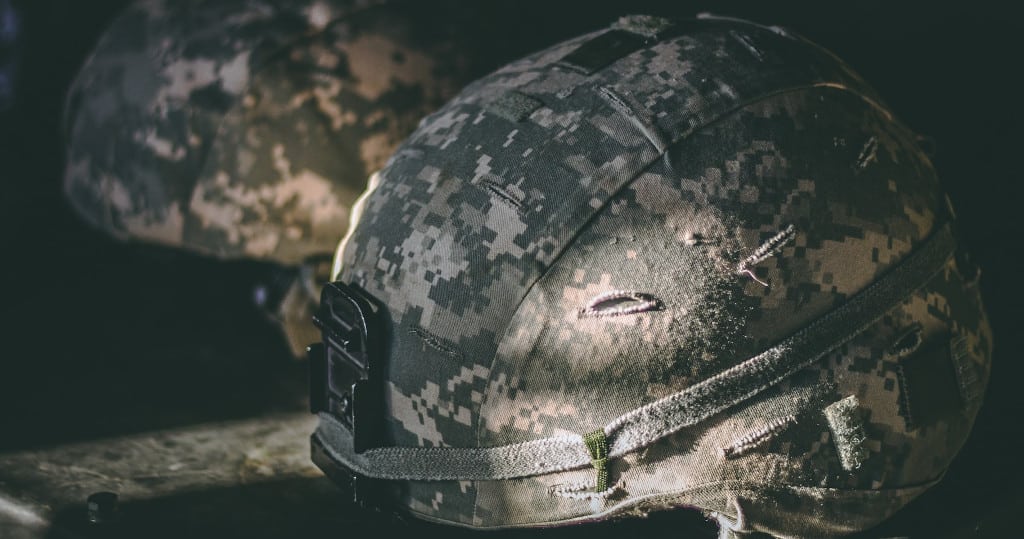
Today, the threat from ISIS has decreased, but there are still fears that terrorists may seek to attack home soil.
Of course, a different ongoing war on terror in America now involves domestic terrorism.
America and the Russian-Ukrainian War
At the moment, there is also concern over the possibility of war with Russia due to the situation in Ukraine.
The United States and NATO allies provide extensive security assistance and training to Ukraine, but no U.S. combat troops are fighting in Ukraine, and the U.S. has not declared war on Russia.
However, tensions exist with Russia and pose a threat to NATO countries, which could lead to further conflict.

The Joe Biden administration has made its support for Ukraine abundantly clear without giving any declaration of war or threat of action against Putin and his forces.
An important point here is the recognition of established borders, while Russia tries to claim territories through annexation.
Another is the provisions given to Ukraine in equipment, financial aid, and training.
Could America Have a War With Russia?
Most are keen to avoid a world war situation, especially because of the potential threat from nuclear weapons and who could potentially ally with Russia.
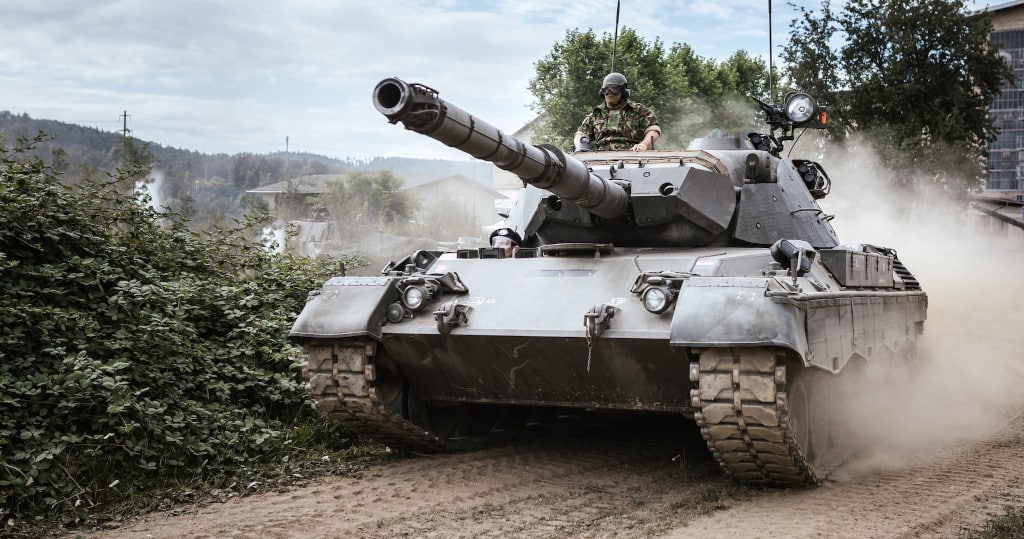
Another underlying factor is the history between these two nations.
The Cold War between the United States and the Soviet Union remains in the living memory of many people. It dragged on for decades, with the superpowers trying to outdo each other.
While there was no invasion or direct action between the countries, there was always a lingering threat.
Could America Ever See Another Civil War?
Aside from the concerns about global war and nuclear attacks, there are fears about conflicts at home.
The United States had seen civil war before when the Confederacy seceded from the Union following the emancipation of slaves.

There is a growing divide between political groups once more, with the “woke” liberal left at loggerheads with an increasingly far-right group of Republicans.
The nation may be a long way from enduring another American civil war, but things could get worse before they get better.
A poll by YouGov and the Economist in August 2022 showed that 65% of those asked felt that political violence had increased in the past year. 62% said this would increase in the next few years, but only 43% felt this could lead to civil war.
This is still a significant number, and interestingly, this response was slightly higher among Republicans.
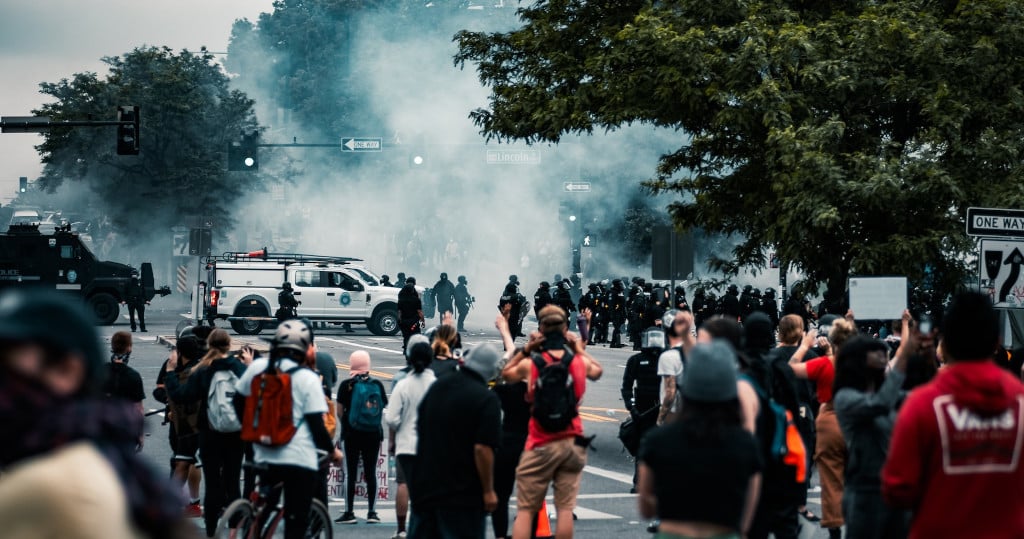
America’s Superpower Status
The Pinnacle of Power
As the world’s largest economy and the most powerful military force, the United States of America has long been considered a global superpower.
With great power, however, comes great responsibility, and the US has been heavily involved in world affairs for decades.
Historical Influence
From World War II to the Cold War, the US has been a dominant force in shaping global politics.
It has played a crucial role in maintaining international peace and security through its involvement in the United Nations and other international organizations.
Facing Criticism
Despite its contributions to global stability, the US has also faced criticism for its actions, especially in recent years.
Its involvement in conflicts in the Middle East has been widely criticized, with many questioning the legitimacy of its actions and the effectiveness of its interventions.
Rivalries and Tensions
America’s status as a superpower has also led to tensions with other countries, especially China and Russia. Both nations have been working to expand their own influence and challenge the US’s dominance on the world stage.
The US has responded by increasing its military presence in the Pacific and by imposing sanctions on Russia.
Challenges Amidst the Pandemic
The COVID-19 pandemic has also highlighted the challenges faced by the US in maintaining its superpower status. The pandemic has exposed the weaknesses in the country’s healthcare system and its economic inequality.
It has also led to a decline in the country’s global standing as other countries have managed the pandemic more effectively.
Conclusion
Despite these challenges, the US remains a global superpower, with a large military and great influence in world affairs. Its status as a superpower brings both benefits and responsibilities.
As the world faces new challenges, such as climate change and rising global inequality, the US must use its power wisely to ensure a peaceful and prosperous future for all.

Get Smarter on US News, History, and the Constitution
Join the thousands of fellow patriots who rely on our 5-minute newsletter to stay informed on the key events and trends that shaped our nation's past and continue to shape its present.



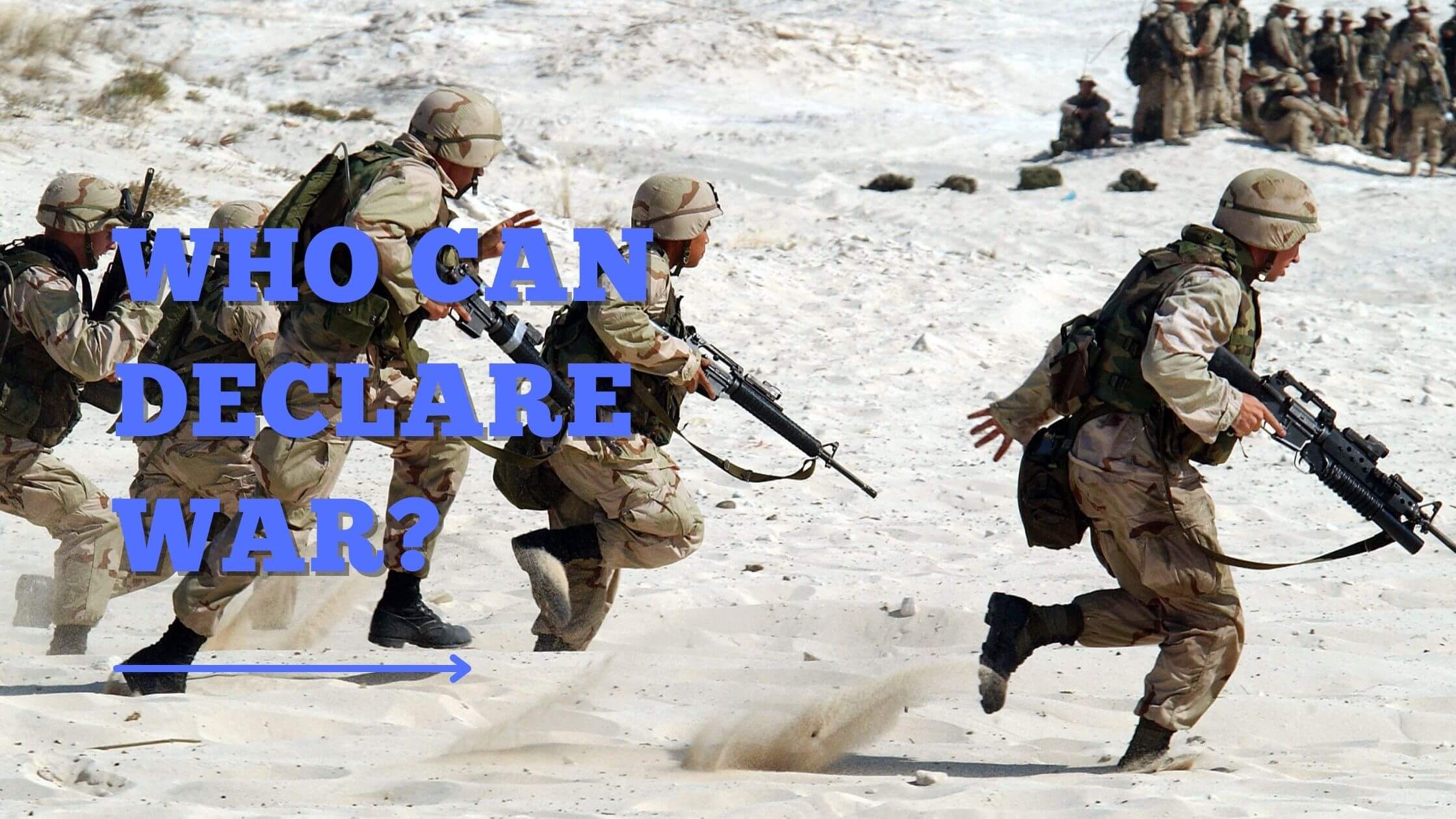
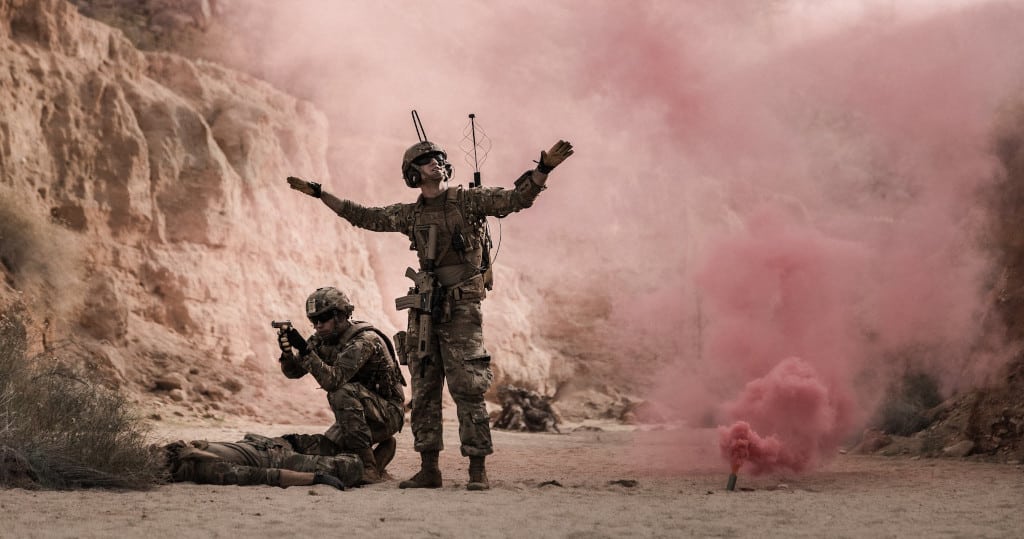
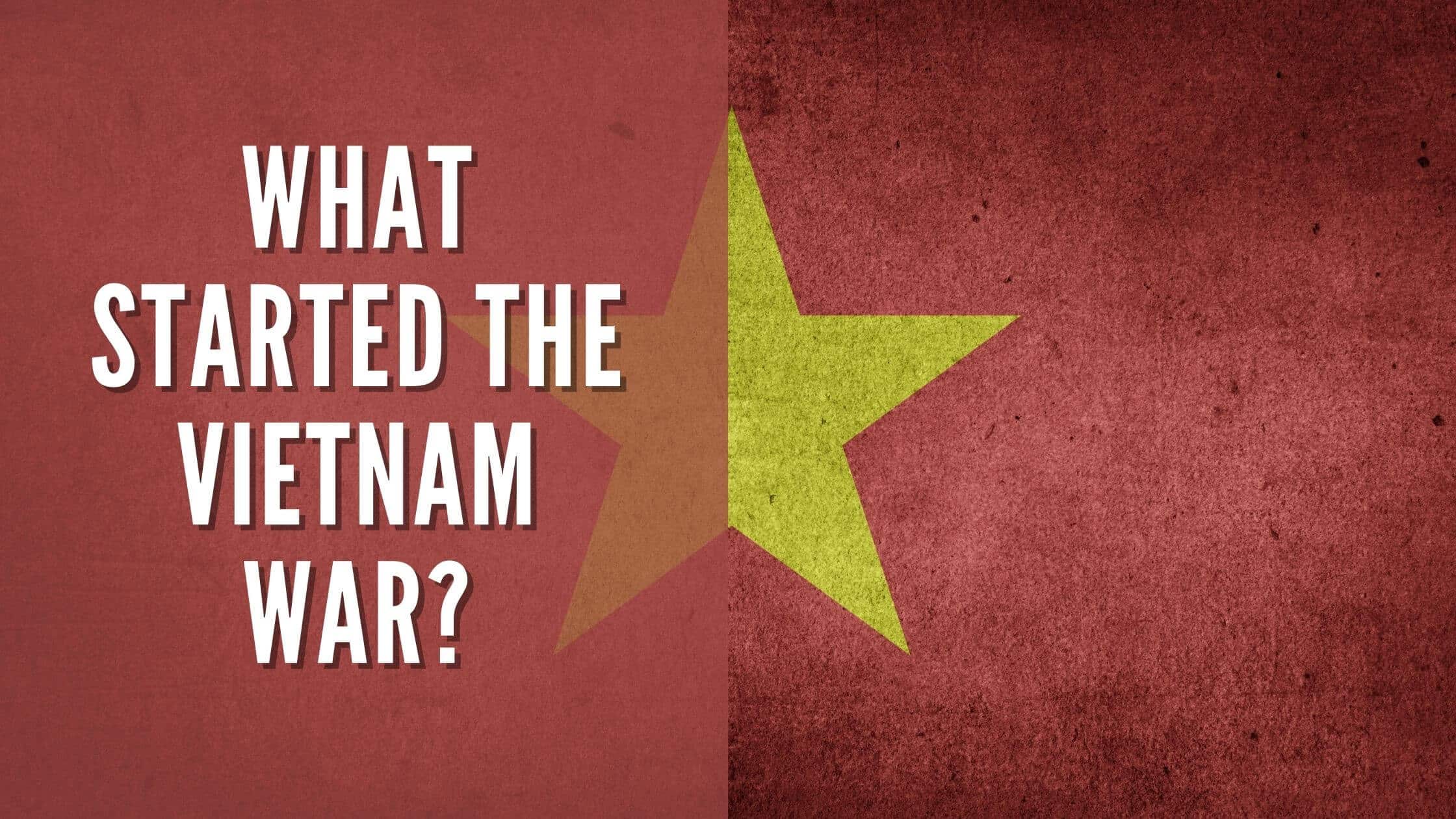








19 Responses
The WEF is running the world into the ground and killing us all it must be stopped.
ARE WE ALL IN WAR
Yes we are at war they just haven’t announced it yet
I believe we are technically still at war with North Korea. Didn’t it end in a ceasefire instead of actual end to the war?
Wake up Republicans! The Biden administration, aka ‘The Woke’, hate America and Americans. They have sold their souls to China, and America’s citizens and freedoms as well. Our Constitution is of no importance to them. Evil liars with no shame. They have destroyed our country and they take no responsibility. How could we have let this happen?
Will said !!! thank you for being awake !!!!!
The truth people are brainwashed!!!
AmenI feel something may happen before the next election. If people can’t see that China is preparing, Korea is preparing and Russia. With the stuff the left is doing is going to make us totally dependent on China. Especially if we go to all electric cars. We don’t have enough power, we will lose the grid. Biden has ruined our country. They laugh in other countries. Why we worry about Race and gender identity, they are beefing up their military and getting stronger!
An interesting and informative article. It’s the exact content I’ve searched for. These Islamist Terrorists are just keen on violence,terror and dominance. Why they can’t just let it be? They should get the idea that this is 21st century not the past era where Islamic rulers like Babur or Aurangzeb or Abdali Or any other just invaded and conquered. If they’re such keen in following so called religious extremism, they should live under their closed community for god’s sake. It’s monstrous…killing and torturing humanity in the name of God. And when they are treating humans as rodents, its suffice to say that climate and wildlife means nothing to those godforsaken terrorists.
In the article it says the Civil war started when Lincoln signed the emancipation proclamation. That’s not true. The war started in 1861 and the emancipation was in 1863. Up to that point if the South had surrendered Lincoln would’ve let them keep their slaves. The Border states continued slavery during the war. When the emancipation proclamation was signed, black soldiers were able to fight. Interesting fact, Delaware was the last border state to abolish slavery in 1901.
I’ve tried telling people if the south would have surrendered the emancipation would never have happened. It was a last ditch attempt to get support.
America is at war in Ukraine and Sudan.
i believe we need to destroy Greenmy for the fact that they started 2 major wars.
Why can’t we all just get along?
im with you sister we need to be praying for one another .. And lift people up !!!! peace be with you
wellwith my observaton of the past events we are in serious trouble we are about to break into war with a word crisis and a major volcanic eruption yea we all be in a heep of trouble
Might be important to ask questions, especially about the more or less continuous, modern warfare that’s in its second century. Is the cause in each of us? If so, where does this war-making propensity (barely concealed in some of the claims above) come from? Is it possible that war-making has no scientifically traceable cause?
The world is on fire .
RELAX we are safe and sound with our goverment and if we have war then i’m flying to India!! L
Whoever wrote this obviously doesn’t understand that we are still at war with North Korea. Nothing between the 2 Countries have been agreed upon or signed off on. This is why we maintain US troops in South Korea. Please do all of your homework prior to posting an article. It will do wonders for you’re credibility.